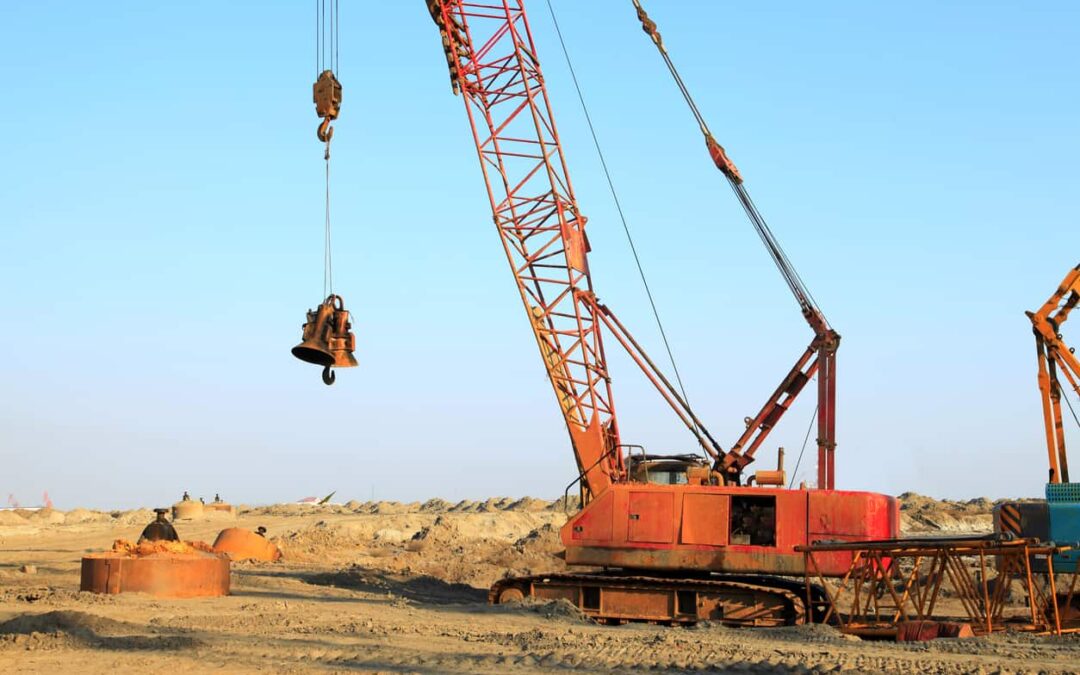Resembling the offspring of a tank and a construction crane, the crawler crane is a common sight on construction sites across the country. Valued for their versatility in “pick and carry” roles, the crawler crane can lift a load and relocate it to another location on the job site, removing the need for intermediate transfer to trucks or other transport mechanisms. A versatile boom arm, powered by huge hydraulic pistons, is attached to a deck that rotates 360 degrees to maximize its capabilities.
Their versatility in pick and carry does come with an attendant cost. Crawler cranes are so big, they are almost never transported to the work site as a unit. Instead, they tend to be assembled on-site. Once assembled and tested, the crane is utilized throughout the duration of the project. Because of this, crawler cranes tend to only be used in large, intensive, and long construction efforts, to maximize the usage of these powerful machines.
These drawbacks are more than offset by the ability of the crawler to replace multiple staging steps of transporting loads with smaller vehicles. Once on-site and assembled, the crawler is invaluable, allowing a single unit and operator to do the work previously performed by a fleet of smaller vehicles. Due to the sheer size of these machines, there are few loads that they can’t manage, either solo, or with a secondary assist crane.
Texas Hydrostatics knows cranes, including the specialized and powerful crawler crane. If you have any additional questions about these versatile machines, or want to know how to leverage the use of your existing crawler, Texas Hydraulics can help.

